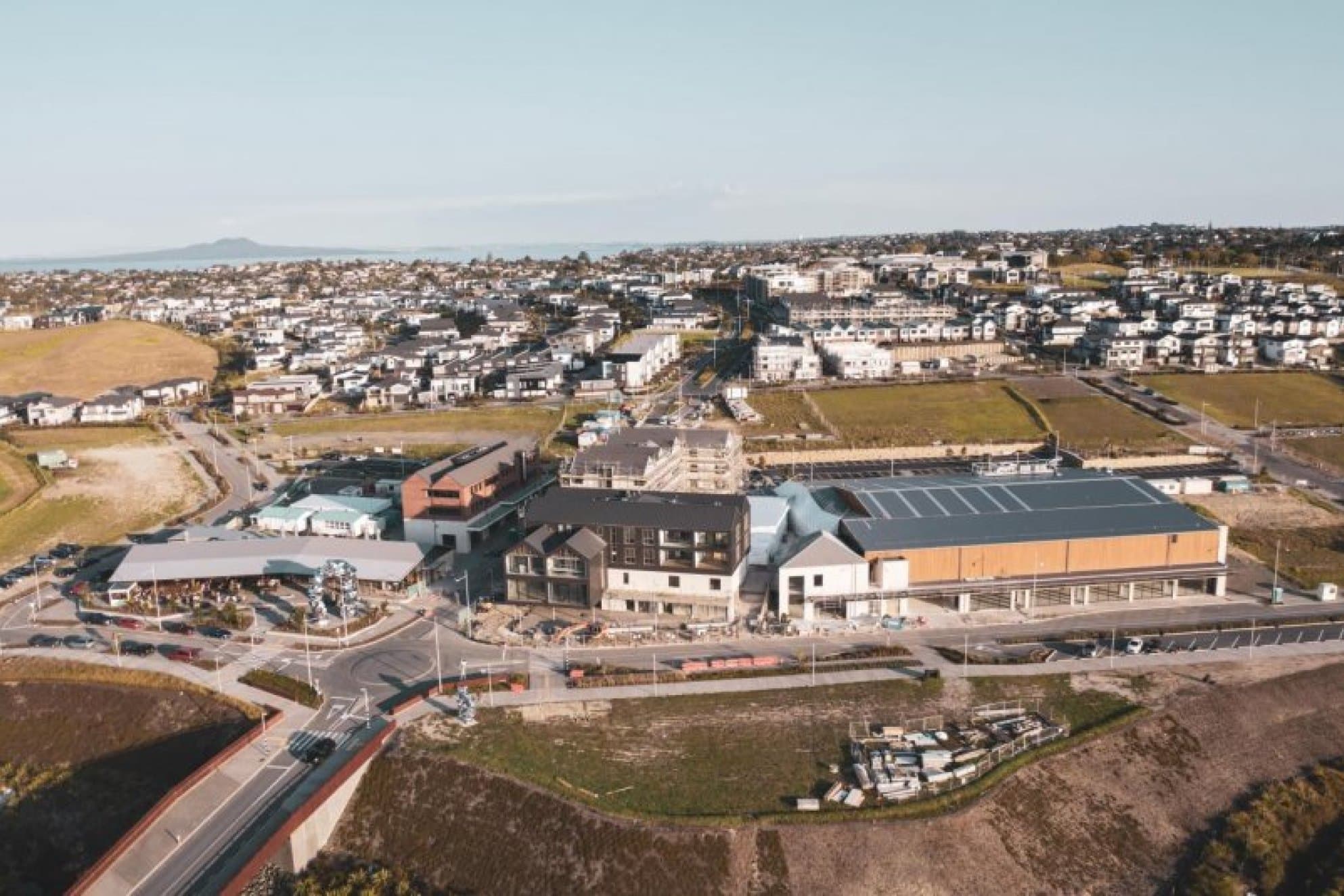Wed 2 Apr 2025

Imagine a place where Sustainable Environmental Engineering and community spaces interweave – where nature-based land management creates verdant landscapes that go hand in hand with attractive public amenities.
At this improbable intersection, we find Green infrastructure and placemaking. This forward-thinking is breathing new life into land development, redefining how we integrate environmental land management and community spaces.
This blog explores the value gained by melding Green infrastructure and placemaking, discussing their individual benefits and the additive effect of combining these practices. Woods incorporates these three approaches in our processes to create community-centric developments that are sustainable and resilient.
Green infrastructure is a nature-based approach to managing stormwater. By using natural elements such as streams and planted areas, it provides low-impact methods for effectively processing stormwater and excess stormwater runoff.
Green infrastructure offers an alternative to traditional methods that rely on pipes and tanks to remove water from developments as quickly as possible. Unlike these traditional methods, Green infrastructure uses natural processes and systems, slowing down and holding stormwater. This treats the water before it reaches its final destination, by which time the natural filtering process has removed most contaminants.
A working example is the Paerata Rise development which showcases the natural streams, making them easily accessible with adjacent walking paths, retains natural landscapes and features, creating aesthetically pleasing stormwater management systems. By mimicking nature, the infrastructure performed exceptionally during the recent weather events, with no reports of stormwater water issues or environmental damage.
As the name suggests, placemaking creates inviting and functional community spaces within wider neighbourhoods. These spaces range from organised playgrounds and seating areas to formed playing fields to natural areas, providing user choice.
Fundamental to master planning new greenfield neighbourhoods, placemaking provides spaces for people to interact, fostering community cohesion and wellbeing. In the wake of the Covid pandemic and recent climate events, the importance of placemaking has grown even more evident as these spaces provide opportunities for neighbours to support each other in safe environments.
In older Auckland neighbourhoods, early efforts to provide placemaking focussed on community building through sports fields and the interactions that occurred during sporting events. Current placemaking practices have realised the importance of providing a broader range of social and recreational opportunities, and newer communities like Milldale, Millwater, and Long Bay prioritise amenities and green spaces, creating designated places for people to play, socialise, and relax.
When designing and building new communities, incorporating Green infrastructure benefits the residents and the environment. Incorporating this natural process into reserves, parks, and other public areas creates more useable spaces, rendering them accessible and enjoyable for people in the community.
Green infrastructure also plays a vital role in creating a sense of greenery throughout these areas by using plants and trees to assist with stormwater management while enhancing the natural environment.
When designing and building new communities, incorporating green infrastructure processes proves beneficial for both the environment and residents alike. This approach fosters inviting communal spaces, infuses local flora, fortifies stormwater management, and builds resilient communities that can withstand extreme weather events.
Central to this approach is the transformation of public spaces. Through effective placemaking, parks, playgrounds, and recreational spaces become more than just fixtures - they turn into vibrant, communal places that people truly enjoy using. Green infrastructure also champions the incorporation of native plants and trees, bolstering the local ecosystem. This organic infusion enhances biodiversity and preserves natural habitats, offering sanctuary to local wildlife while enhancing user wellbeing.
With green infrastructure and placemaking at the forefront of Woods planning philosophy, we craft spaces that integrate seamlessly with nature, benefitting both the environment and the community. By incorporating green infrastructure, we create sustainable and resilient communities that manage stormwater effectively, nurture local ecosystems, and minimise environmental impact. Through fostering this connection between the community and its environment, we create enjoyable living experiences.